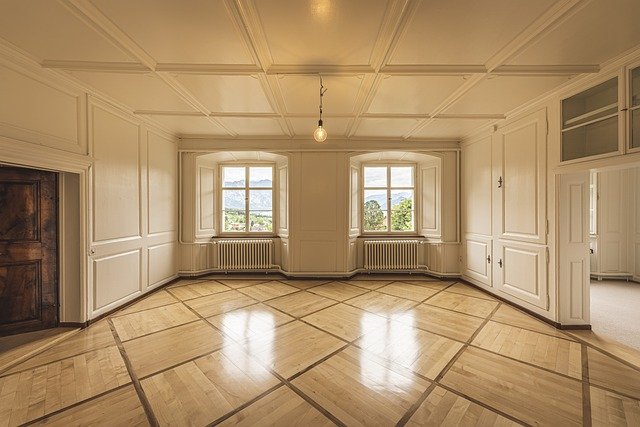Unveiling the Potential of Undermarket Value Properties
Introduction: In the vast world of real estate, an often overlooked gem is the potential of undermarket value properties. These properties, usually requiring some form of repair or renovation, can be the key to significant returns. This article will delve into the world of undermarket value properties, their potential, and how to make them work for you.

The Genesis of Undermarket Value Properties
Undermarket value properties are those that are priced below their intrinsic value. This often happens when the property is distressed – it could be due to disrepair, the owner’s urgent need to sell, or even a foreclosure. Historically, savvy investors have used these opportunities to purchase properties at a bargain, invest in necessary renovations, and then profit from either selling or renting out the renovated property.
Current Market Trends and Financial Insights
Today, the real estate market is witnessing an increase in the number of undermarket value properties, mainly driven by economic instability and the aftermath of the pandemic. Many homeowners, unable to meet mortgage obligations, are being forced to sell at lower prices or face foreclosure. This situation presents an opportunity for investors to acquire properties at a lower cost, albeit with the responsibility of renovation and management.
The Strategy: Buy, Renovate, Rent or Sell
The primary strategy involving undermarket value properties is simple: buy low, renovate, and then either rent for a steady income stream or sell for a substantial profit. This strategy, though seemingly straightforward, does come with its challenges. Renovations can be expensive and time-consuming, and, if not done correctly, can eat into potential profits. It also requires a strong understanding of the local real estate market to ensure the renovated property can fetch competitive rent or sale prices.
Impact on Buyers, Sellers, and Investors
For buyers, undermarket value properties offer a more affordable entry point into property ownership. On the flip side, sellers facing financial difficulties may find it challenging to receive full market value for their property. For investors, these properties offer the potential for high returns, especially if they have the expertise and resources to manage renovations effectively.
Balancing Depth and Accessibility
While the idea of undermarket value properties may seem daunting to some, it is a viable investment strategy that can yield significant returns. Understanding the risks involved, such as renovation costs and market volatility, is crucial. At the same time, the potential for high returns and the opportunity to transform a distressed property into a desirable home or rental unit make this strategy worth considering for many investors.
In conclusion, undermarket value properties offer unique opportunities for buyers, sellers, and investors. By understanding the risks and potential rewards, one can navigate this aspect of the real estate market with confidence and possibly achieve substantial returns.




